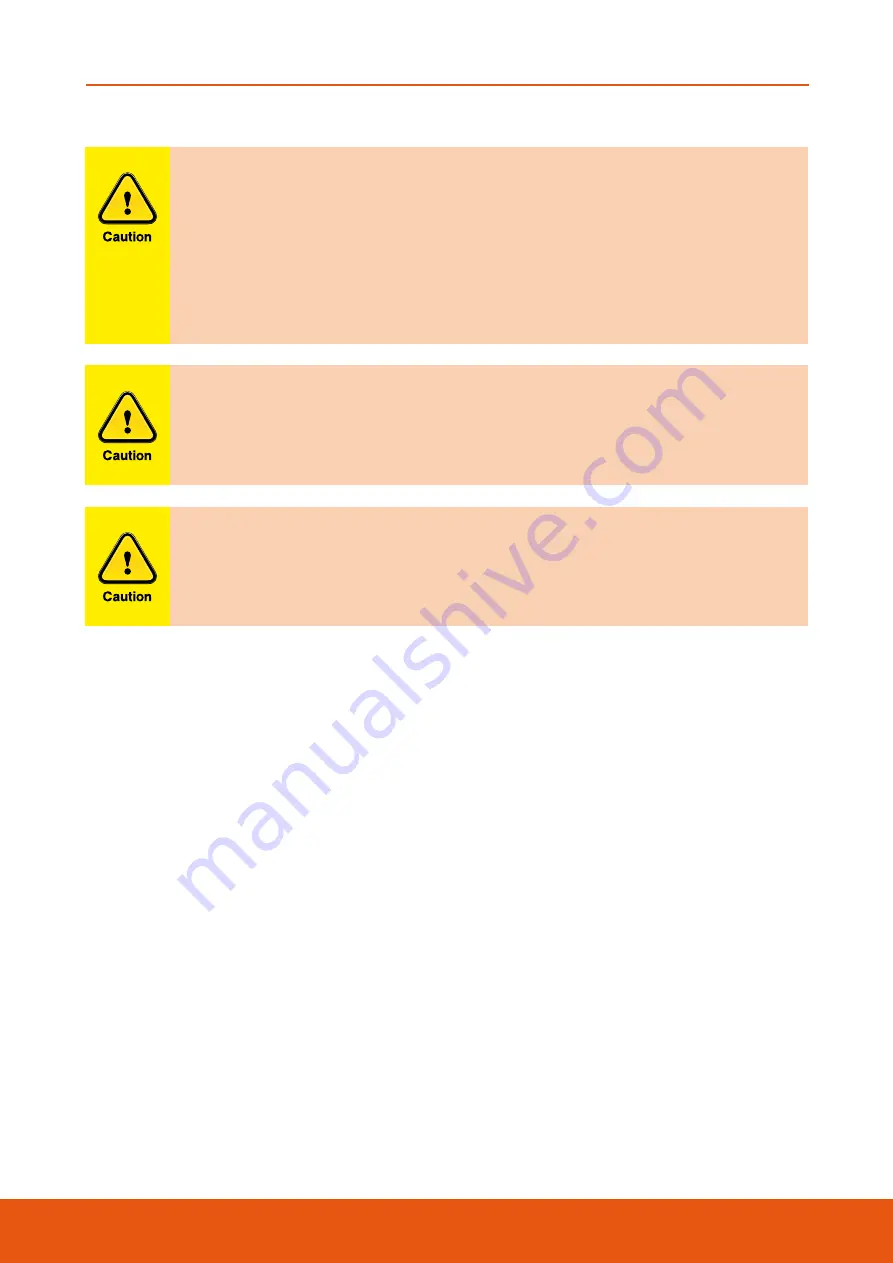
LUBRICATED PLUG VALVES - SAPM/SAPL
Australian Pipeline Valve - Installation, Operation and Maintenance Manual
14
Personal injury may result from sudden release of any process pressure. APV
recommends the use of protective clothing, gloves and eye wear when performing
any installation or maintenance.
Isolate the valve from the system and relieve pressure prior to performing
maintenance.
Disconnect any operating line providing air pressure, control signals or electrical
power to actuators.
Check the packing box for pressurised process fluids even after the valve has been
removed from the pipeline, particularly when removing packing hardware or
packing rings.
If a gasket seal is disturbed while removing or adjusting gasketed parts, APV
recommends installing a new gasket while reassembling. A proper seal is required
to ensure optimum operation.
3.4.6 COMMISSIONING TESTS
All valves are factory tested in accordance with valve industry standards API 6D, API 598, BS EN 12266-1
or BS.5158, unless otherwise specified. It is recommended that you contact APV if there is an operational
need to test the valve at a higher pressure, temperature or duration.
If water is used for testing, it is beneficial to dry out the valve internals by flushing the system with air or
dry nitrogen, after the testing is completed.
4 . 0 M A I N T E N A N C E
The main maintenance of a plug valve involves stroking, regreasing, packing adjustment and plug
adjustment. Greasing is the most important activity as plug valves rely on grease to effect a seal on the
seat. In summary the main maintenance activities are: -
4.1 VALVE SEAT LEAKAGE/PLUG ADJUSTMENT
APV standard type valves while in-line and on service should be regularly greased and very occasionally
the gland packing buts should be tightened. Except in cases where the plug becomes heavily eroded or
corroded valves can be fully maintained for years of trouble free service.






























